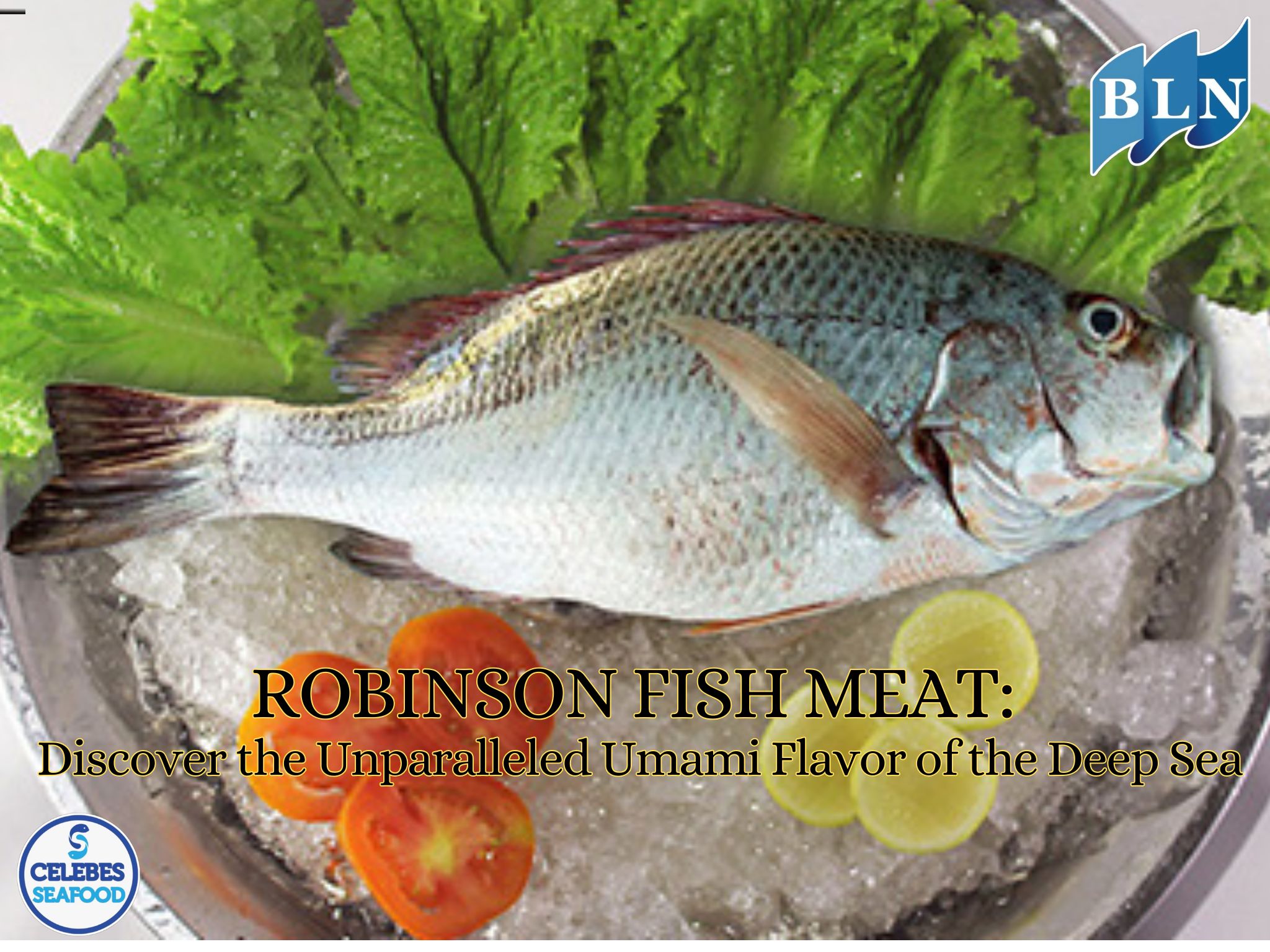The Secret Behind the Red Color of Shrimp
By. Amma - 15 Jan 2025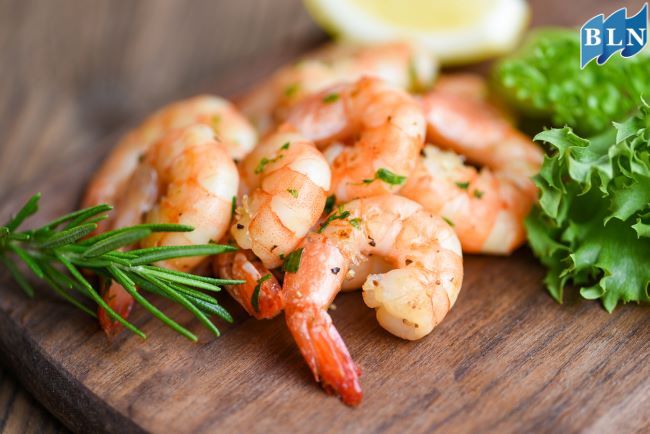
lautnusantara.com The distinctive red color of cooked shrimp comes from a pigment called astaxanthin. Astaxanthin is a type of carotenoid that also gives many other organisms their red color, such as salmon and lobster.
Color Change Process
1. Hidden Astaxanthin: In raw shrimp, astaxanthin is bound to a protein called crustacyanin. This bond makes the astaxanthin color hidden, so the shrimp looks white or bluish.
2. Heat Releases Astaxanthin: When shrimp is cooked, heat breaks down the bonds between astaxanthin and crustacyanin. The freed astaxanthin will then give the shrimp its distinctive red color.
Why is Astaxanthin Important for Shrimp?
1. Antioxidant: Astaxanthin has strong antioxidant properties, helping to protect shrimp cells from free radical damage.
2. Pigmentation: Astaxanthin gives shrimp their color, which can function as camouflage or a communication signal.
Benefits of Astaxanthin for Human Health Apart from providing an attractive color to seafood, astaxanthin also has various health benefits for humans, including:
1. Antioxidants: Helps protect body cells from damage caused by free radicals.
2. Anti-inflammatory: Helps reduce inflammation in the body.
3. Eye health: Helps maintain eye health and prevent macular degeneration.
4. Skin health: Helps protect the skin from sun damage.
The change in color of shrimp from white or bluish to red when cooked is the result of a chemical process involving the pigment astaxanthin.
If you intereset our SLIPPER LOBSTER MEAT, SLIPPER LOBSTER WHOLE ROUND please do not hesitate to contact us through email and/or whatsapp
 in Coral Reef Ecosystems.jpg)
.jpg)
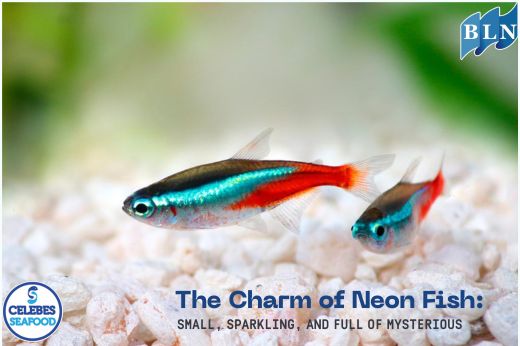
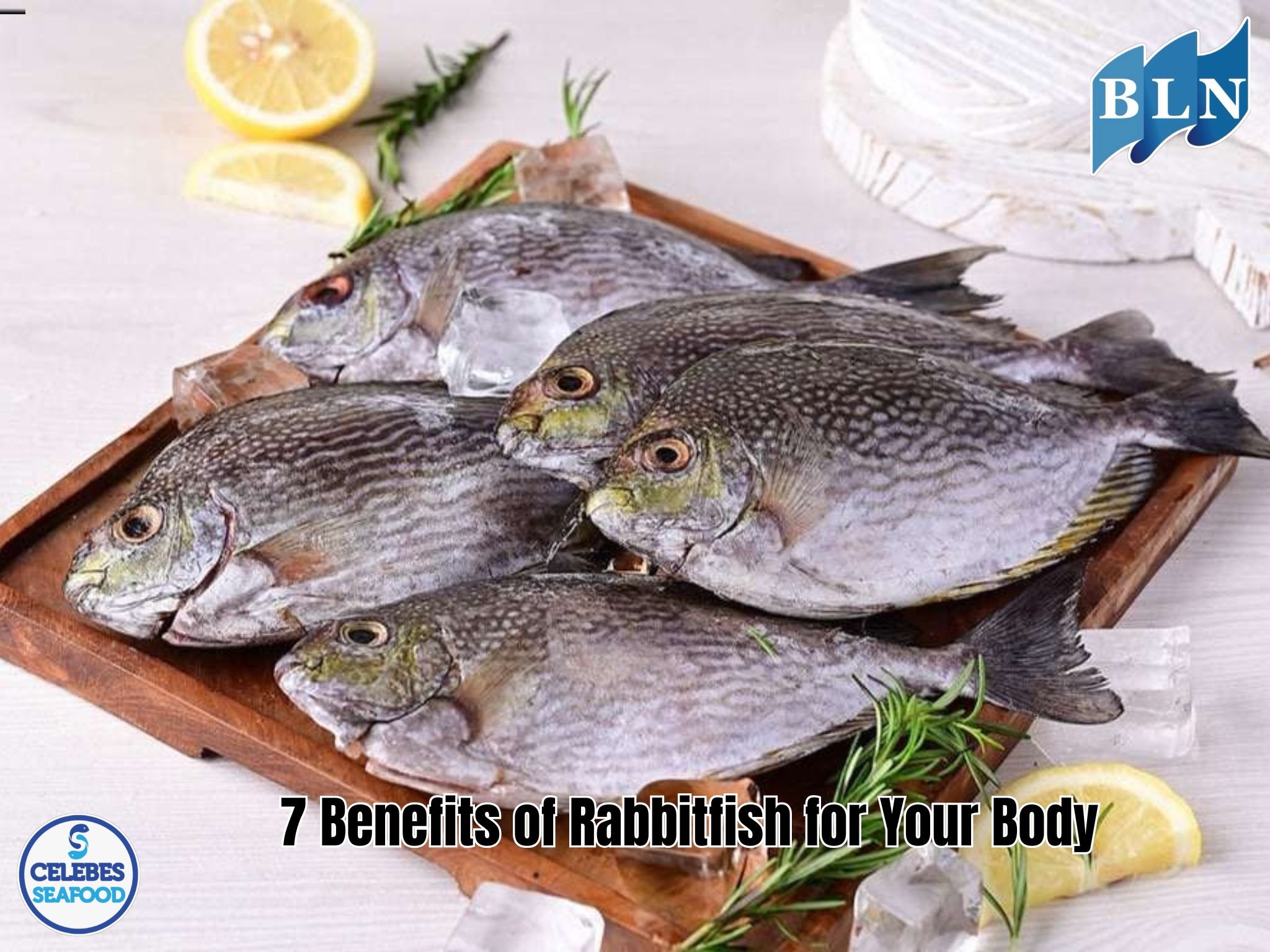
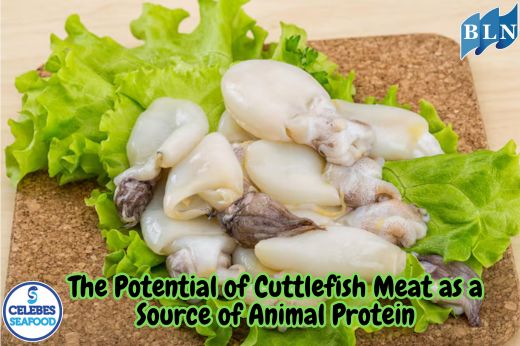

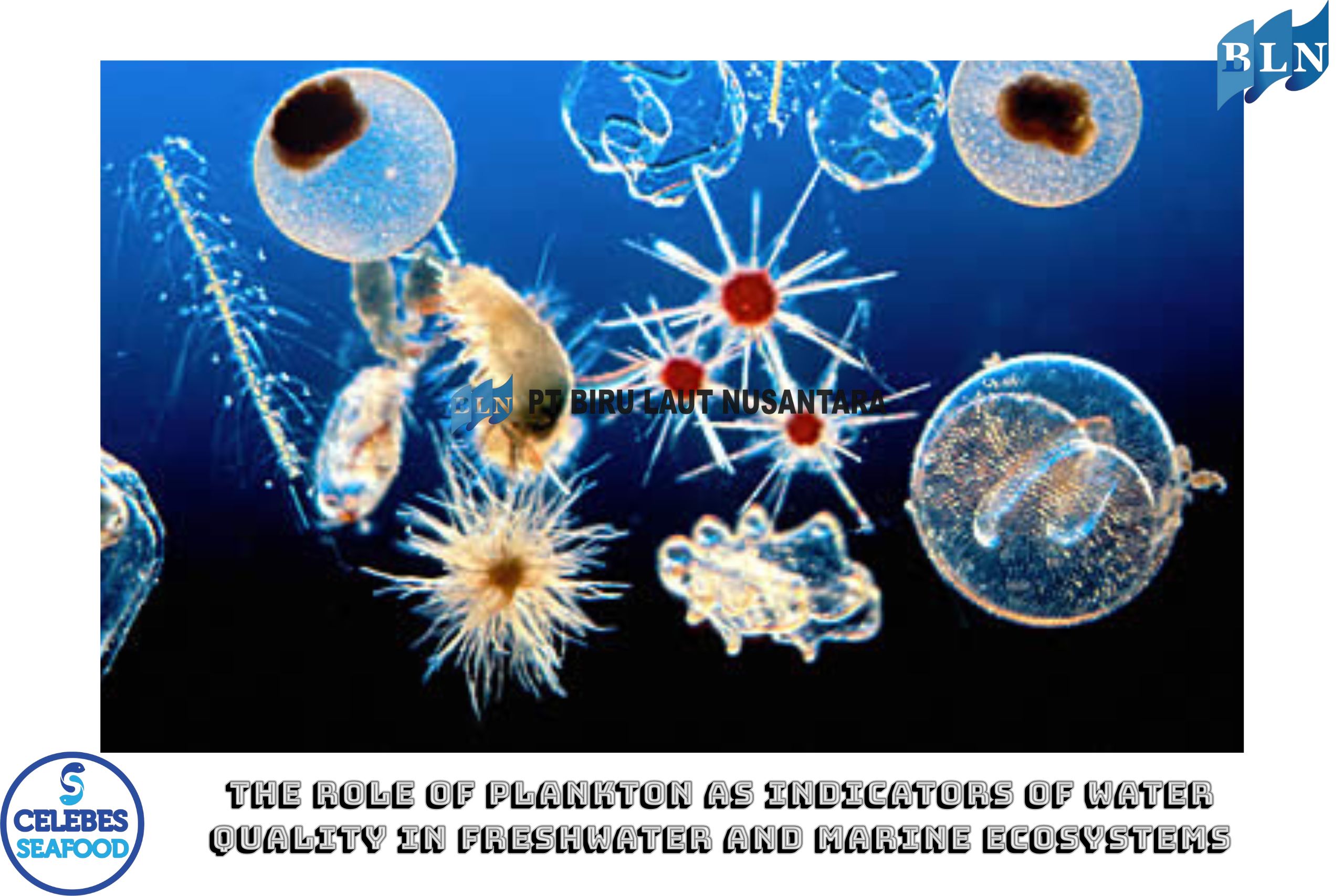
 and Its Impact on Indonesia's Maritime Economy.jpg)
